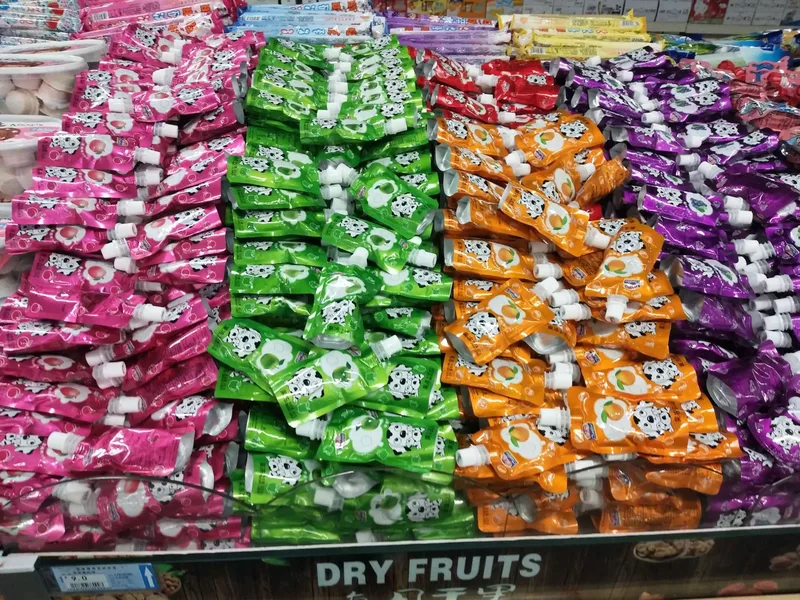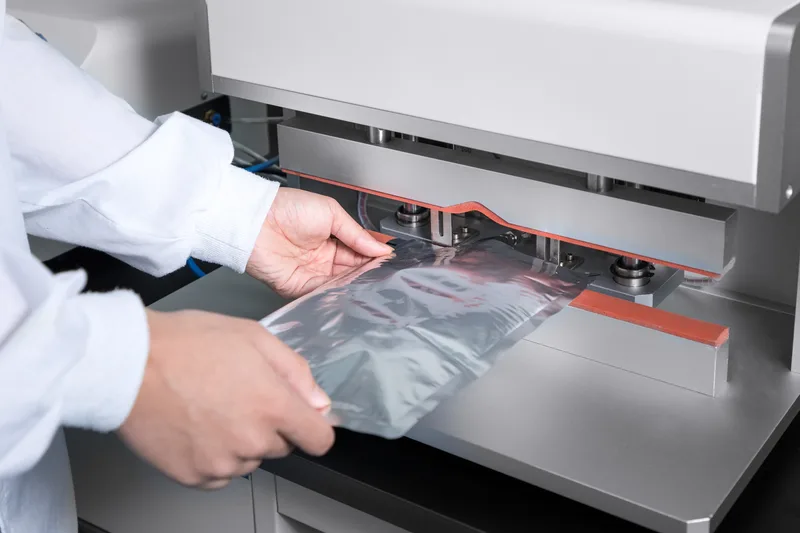Choosing the right flexible packaging material for your product can be a challenge. There are many factors to consider, such as cost, durability, and environmental impact. But with a little research, you can find the perfect packaging solution for your business. Here are some tips to help you get started.

Define your product and what kind of packaging it will need
When considering what kind of packaging your product requires, it is important to look at a number of factors. From creating a container with the necessary strength and durability to allowing for its safe delivery, there are many components that must be considered. Critical factors include size and weight requirements, impact testing specifications, shipping temperature constraints and intended shelf life. Once you have determined these needs for your product, you can begin to evaluate packaging materials. For example, selecting an appropriate material such as corrugated board or polystyrene foam to provide adequate protection from impact. Additionally, you may also need to factor in the design elements of your packaging in order to create an attractive display on store shelves or online stores. With a thorough evaluation of the necessary requirements, you can ensure that you select the appropriate packaging type that meets all of your needs while making sure your product reaches its destination safely and securely. Furthermore, using eco-friendly materials such as recycled paper or sustainable plastics is becoming more popular than ever for their sustainability credentials. Overall, it is essential that careful consideration be given when deciding on the suitable packaging for any product. Doing so will meet both practical needs and aesthetic goals; ultimately delivering an efficient customer experience from purchase through completion of delivery.
Consider the weight, shape, and size of your product when choosing the flexible packaging
Choosing the right flexible packaging for a product is an important decision for any business. Not only does the packaging need to be visually appealing, it needs to be designed to hold the item securely and protect against damage or contamination. The weight, shape and size of a product are all factors that should be considered when making this choice. Smaller items may require protective inserts while larger items need enough room to move within the package without being crushed. In general, lighter products require less heavy-duty material while bulkier items need more rigid containers that won’t deform over time. Additionally, an ideal packaging solution will also strive to minimize unnecessary waste and make efficient use of space while still meeting customer expectations. By taking into consideration these factors, business owners can find the best flexible packaging option for their product and help ensure 100% customer satisfaction.

Select a material that will protect your product during shipping and handling
When deciding on the best material to protect a product during shipping and handling, it is important to carefully weigh factors such as cost, availability, and durability. Common materials for protecting products include bubble wrap, foam sheets, paper rolls and bags, corrugated cardboard cartons, shrink-wrap bands and plastic containers. Bubble wrap is light-weight and affordable but may not provide enough protection from strong impacts. Foam sheets are sturdy and inexpensive but may not be the ideal solution when a product needs extra protection from scratches or sharp edges. Paper rolls can be relatively inexpensive if large quantities are ordered; however they do not offer much impact resistance when compared with other materials. Corrugated cardboard cartons offer good cushioning abilities and can often be custom-made to fit a variety of shapes and sizes; they are also re-usable which helps to make them a cost-effective option long-term. Shrink-wrap bands secure items tightly against the box walls while offering excellent shock absorption properties; however they require additional packaging materials such as tape or straps to keep items safely enclosed within the box. Plastic containers provide an impenetrable barrier that does not need extra strengthening accessories but can also become quite costly due to their heavy weight. Choosing the right type of material for protecting a product will depend largely on cost considerations, desired level of protection from shocks and impacts as well as any other special requirements needed for lengthy transportation.
Choose a flexible packaging material that can be easily printed on for branding purposes
Printed packaging materials are widely used to draw attention to a brand's product and can often be the deciding factor when it comes to customer choice. As such, choosing the right material that prints well, looks professional and is still cost-effective should be a high priority for businesses. A great option is polyethylene (PE) film, which is one of the most widely used flexible packaging materials on the market. It keeps products safe during shipping, provides barrier properties against light and oxygen and offers excellent clarity to ensure that any print design is clear and crisp. PE film is also cost-efficient, easy to modify and highly customizable with heat or cold printing techniques, making it simple to inject branding elements onto packages without affecting their integrity. This flexibility makes PE film an ideal choice for marketing campaigns that require long-lasting promotional materials.
Consider the cost of the flexible packaging materials and compare prices
When it comes to the cost of flexible packaging materials, finding the right balance between quality and affordability can be a challenging task. Unfortunately, many companies are faced with the prospect of having to choose between cheap, low-quality materials and costly, high-end solutions. To ensure that you get the best overall value for your money, it is important to compare prices carefully when looking at different flexible packaging materials. It's also important to consider factors such as durability and cost per use – cheaper options may seem appealing up front but could end up costing more in the long run if they don't perform well or last for extended periods of time. Taking the time to consider all of these factors can help you make an informed decision when investing in flexibles packaging materials so that you can find the solution that works best for your company without breaking your budget.
Pick a flexible packaging supplier that you can trust to deliver quality materials

When searching for the perfect flexible packaging supplier, you want to make sure you can trust them to deliver quality materials in a timely manner. First and foremost, look for one that not only provides excellent customer service but is also dedicated to delivering the best flexible packaging solutions. It’s important to ensure they have flexible options available with various types of materials, sizes, and styles. Look at their specialty offerings; some suppliers may be able to provide custom shapes or even add on special logo designs. Additionally, make sure they always adhere to the latest regulated standards. Any reputable flexible packaging supplier will follow industry guidelines as well as international ISO requirements – any breach of these regulations could cost your company dearly! Lastly, another way an experienced flexible packaging supplier sets itself apart from the rest is by providing environmental-friendly packaging solutions that help protect your product from degradation during transport and storage. For all these reasons, putting careful consideration into choosing a flexible packaging supplier will prove invaluable in meeting all your needs.
Start by doing research into potential flexible packaging suppliers that can offer detailed information about their material specifications, production process and delivery timescales. This should give you a good idea of what services are available and how reliable they are. Finally – don’t forget customer reviews and recommendations! Reviews from previous clients can often provide valuable insight into the flexible packaging supplier’s processes and experiences working with them, so take note of any glowing or poor ones before making your decision! With this advice in mind, you’ll soon be well on your way to finding a flexible packaging supplier that you can depend on for years to come!
If you're in the market for reliable flexible packaging materials, look no further than our team here at [company name]. We have years of experience supplying quality materials that protect products during shipping and handling. Our team is happy to help you select the perfect packaging for your product, and we offer competitive prices on all of our materials. Contact us today to get started!